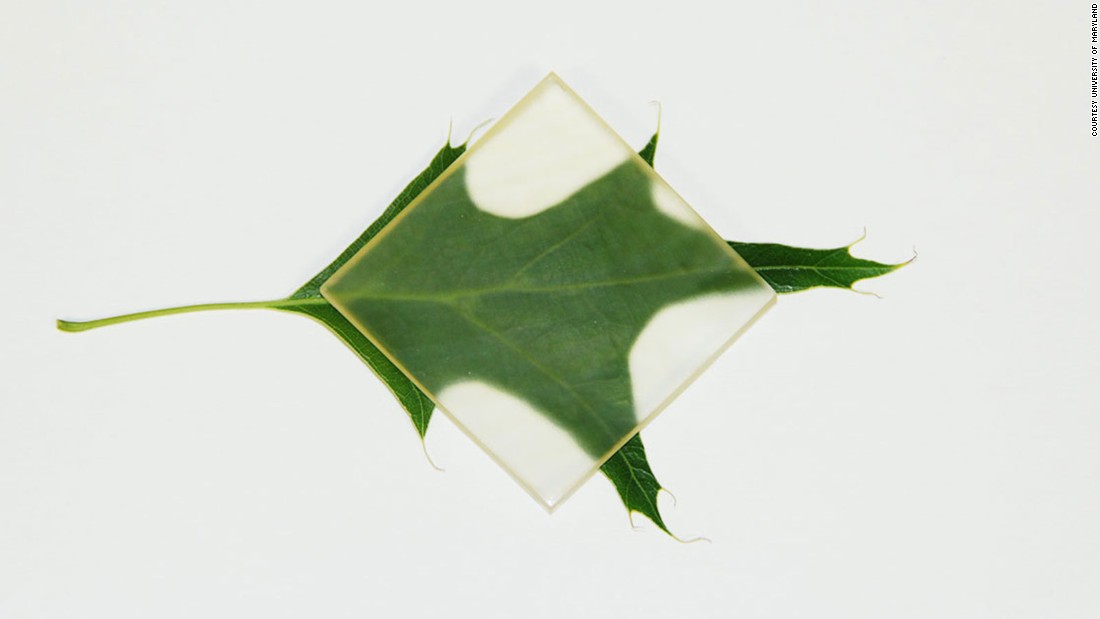
Sales of Eastern White Pine lumber from NeLMA mills hit record highs during the first half of 2016, maintaining a steady rate that’s well above previous numbers reported over the last decade. The Northeastern Lumber Manufacturers Association notes that a total of 471.7 million board feet of lumber was shipped out to the marketplace between January and June, including 220.4 million board feet of Eastern White Pine. 2015 represented the previous high, and Eastern White Pine bested itself with an increase of 8.4%.
This news comes on the heels of promising predictions for the building industry overall, as well as growth in Maine’s forest products industry despite the closure of paper mills. Demand for timber is on the upswing, and the outlook is good for sawmills and other businesses working in the wood industry.
Back in March, we reported on a spike in interest in wood-centric construction projects, as many consumers are choosing wood over steel and concrete for their own building projects. All of the recent buzz about multi-story wooden buildings probably doesn’t hurt.


